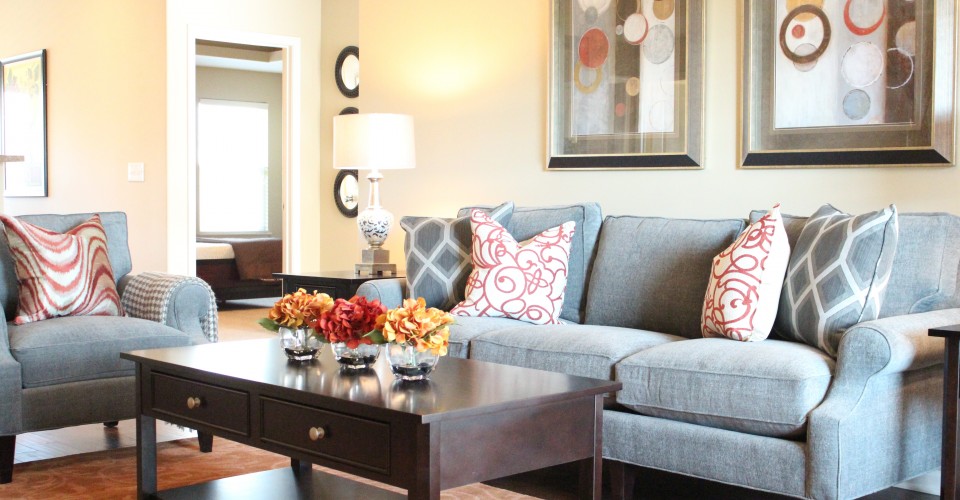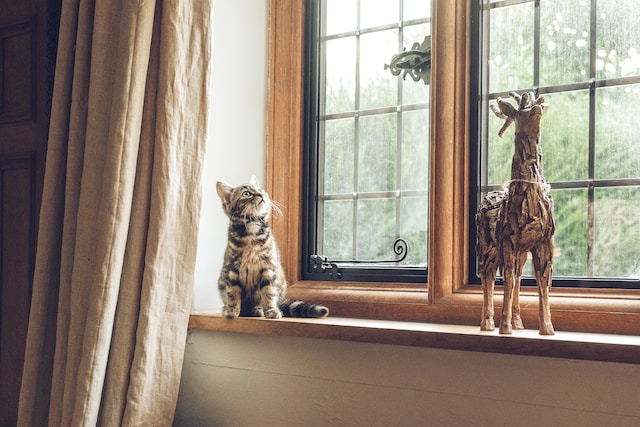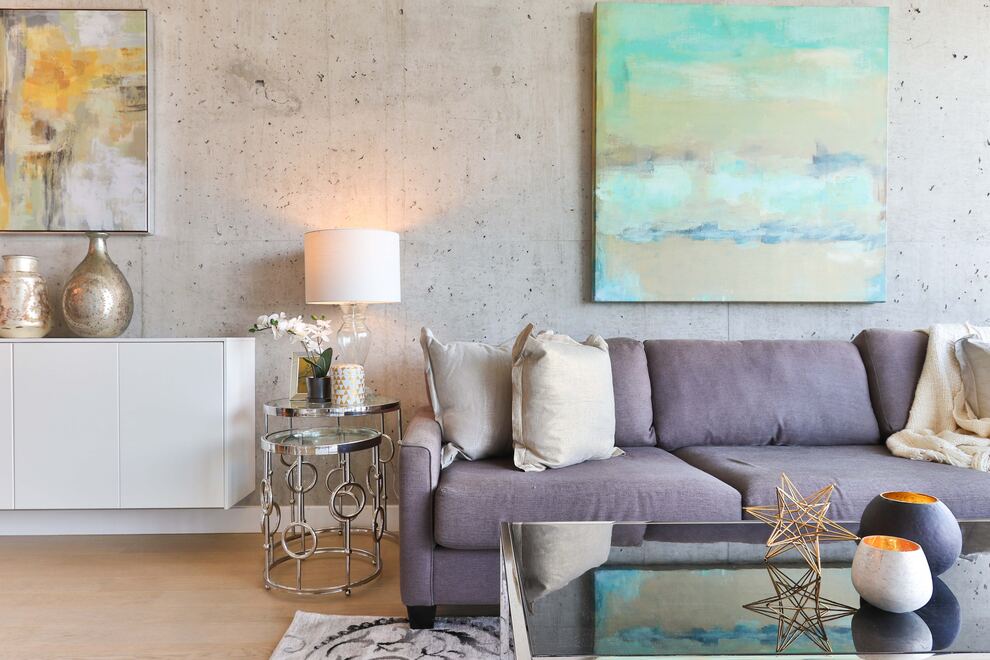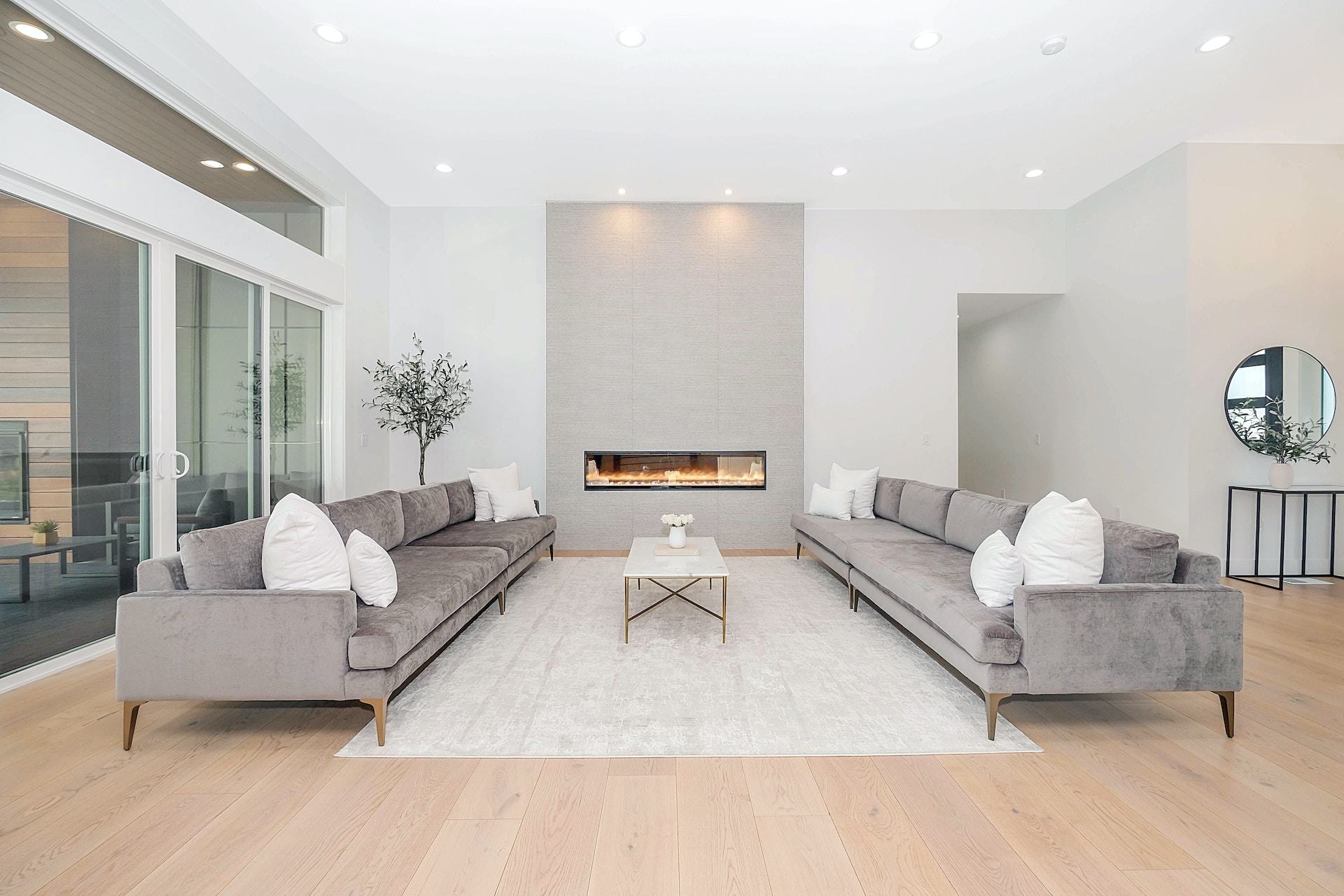It’s time to sell your home, and you’ve decided to stage the place for potential buyers. That’s an excellent choice – not only does staging tend to facilitate sales, but it can increase the amount of money you get for your property. In fact, some professional stagers estimate that their services boost their clients’ bottom line by seven to ten percent. To enhance your staging efforts, consider incorporating virtual staging alongside traditional methods. Virtual staging utilizes technology to digitally furnish and decorate empty spaces, giving buyers a clear vision of each room’s potential. This blend of traditional and virtual staging can create a more compelling presentation, attracting a broader range of potential buyers.
You can try your hand at staging to reap the same financial benefits when selling your home. To make the process a bit easier, here are seven areas to focus on when sprucing up your space:
1. The Living Room
People coming to view your home want to know that they can live comfortably in the living room. If the area is empty, it’s hard for them to visualize their own furniture fitting within the room’s parameters. On the other hand, a cluttered room will feel cramped and tiny, which is not what anyone wants while relaxing in the den.
So, focus on emptying the excess – everything from overloaded bookshelves to coffee tables covered in magazines. You can leave a few knickknacks behind to make the living room look, well, lived-in. Just be sure that the final product looks like an intimate, comfortable conversation space. Use just enough to show the space’s potential without overdoing it.
2. Kitchen
According to both buyers and sellers, the second most important space to stage is the kitchen. It might be an odd choice, because it doesn’t house nearly as much furniture as other rooms. But the kitchen is a huge selling point in your home, and it should be showcased as the best version of itself.
So, once again, remove any clutter from your countertops. Instead, showcase up to three small appliances on your countertops. You can keep an accessory or two alongside these items, too — for example, if you have a coffee machine, a canister of coffee can sit next to it. Potential buyers will open cabinets to see how much space there is, so don’t stuff them with the countertop clutter. Instead, sort through it and toss what you don’t need, or pack it up and place it elsewhere during showings.
3. Master Bedroom
For the next owner of your home, the master bedroom will become their retreat. Therefore, you don’t want the space to look to personalized to you. You probably painted the area or chose a duvet cover that you love. But if these items are brightly colored or boldly printed, other buyers won’t be able to picture themselves living there.
So, replace any bright colors with a look that’s more neutral. Re-paint the walls and replace the linens if necessary. Once again, be sure to clear any clutter away, too. This is especially true if you have extra-large furniture that makes your master feel smaller than it is — keep the basics only, and the bedroom will appear spacious.
4. Bathrooms
Another huge selling point for your home — the bathrooms. Whether you have one or ten, each one should be staged with care to show them off as luxurious retreats, which is what buyers are looking for. Once again, you’ll start by removing clutter from countertops and organizing your bathroom bottles so that storage seems sufficient. Then, you could make a few swaps to make the space appear swanky. New towels and updated cabinet hardware won’t break the bank, but they’ll make a huge difference in the eyes of potential buyers.
5. Dining Room
An empty dining room will look dark and unwelcoming. On the other hand, a simply staged space will show it off as a comfortable place for friends and family to gather. Start by ensuring you have the right sized dining table — something too big will make the space look extra-small. But you don’t want the room’s dimensions to dwarf your table, either, so add a leaf or pop a new tabletop over your piece’s base to make it proportional.
Finish the project by either setting the table or placing a centerpiece on it. No matter what you do, make sure the final look is inviting. Otherwise, potential buyers won’t be able to envision themselves enjoying meals within your dining room.
6. Additional Bedrooms
The master bedroom should get the most attention, but the rest of your bedrooms will need attention pre-sale. Start in the closets to reorganize clothes and remove any clutter — every storage place should appear to have ample space. Then, you’ll want to neutralize the decor again. And, if you’re using extra bedrooms as catch-all rooms without an intended purpose, give them one while staging. For example, put a desk in one guest room, so it shows as an office, or rebuild your child’s crib to present a smaller space as a nursery.
7. Exterior Spaces
Finally, don’t forget your home’s outdoor spaces — they first thing potential buyers will see is the front of your property, after all. An easy way to figure out how to improve your curb appeal is to park your car where realtors will. Get out of the vehicle and scrutinize the appearance of your place.
From there, you’ll be able to pinpoint what needs to be done. For many buyers, a power wash is in order to make the home’s facade, the driveway or both appear to be sparkling. Weeding garden beds and adding some greens could further beautify your abode. There are so many ways to improve your property’s curb appeal — choose a few and revolutionize the look of your home from the outside in.
No matter how you choose to stage your place, the effort is always worth it. So, take the time to de-clutter and lightly decorate and you’ll see just how many rewards — and how much of a profit — you can reap from the process.




